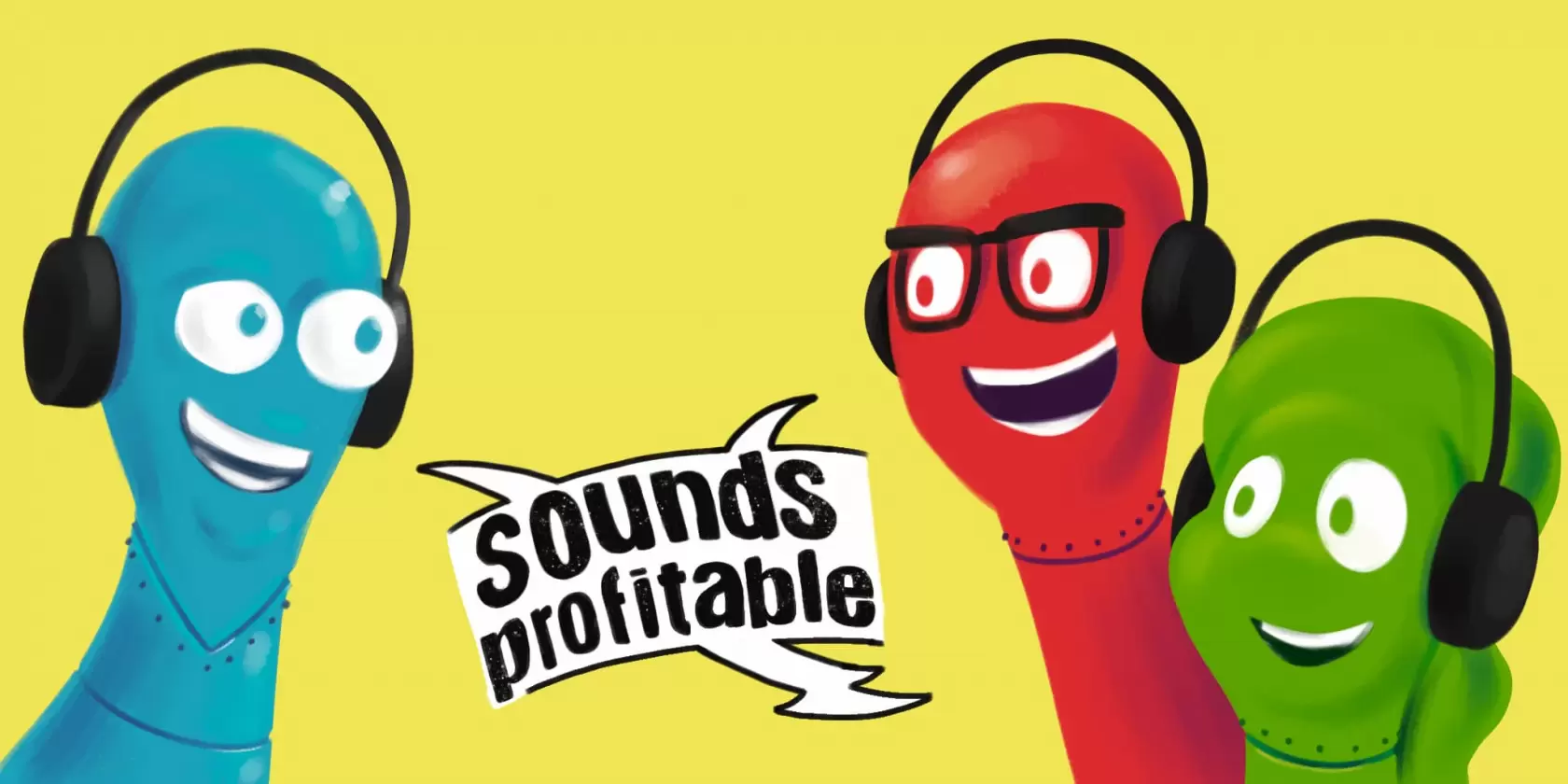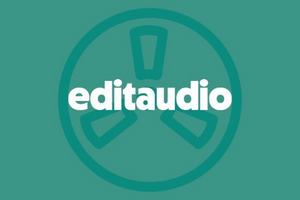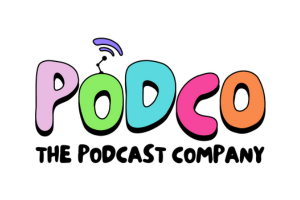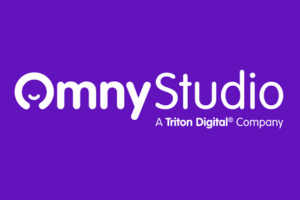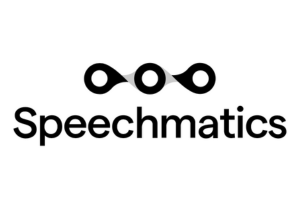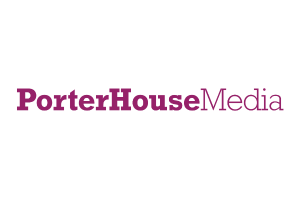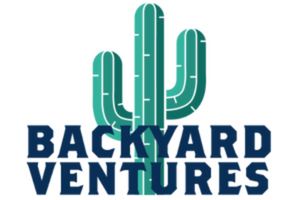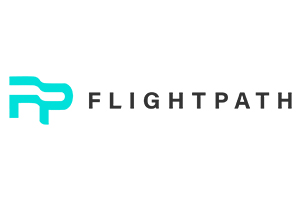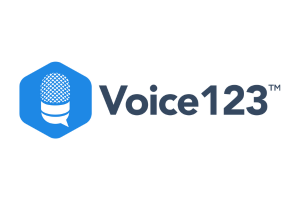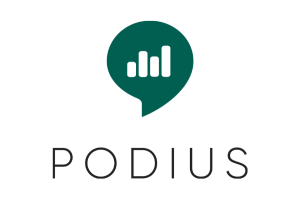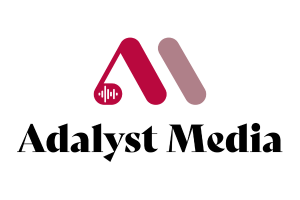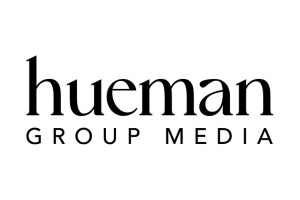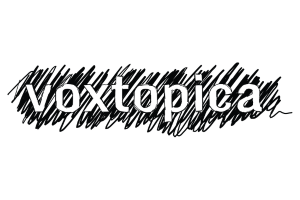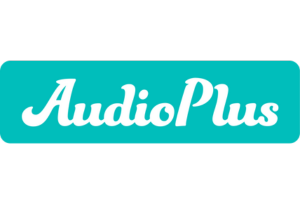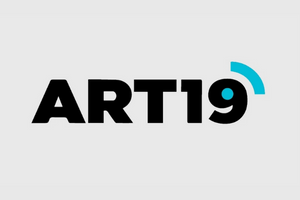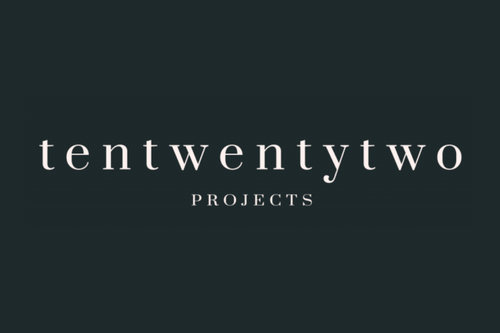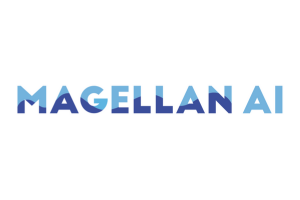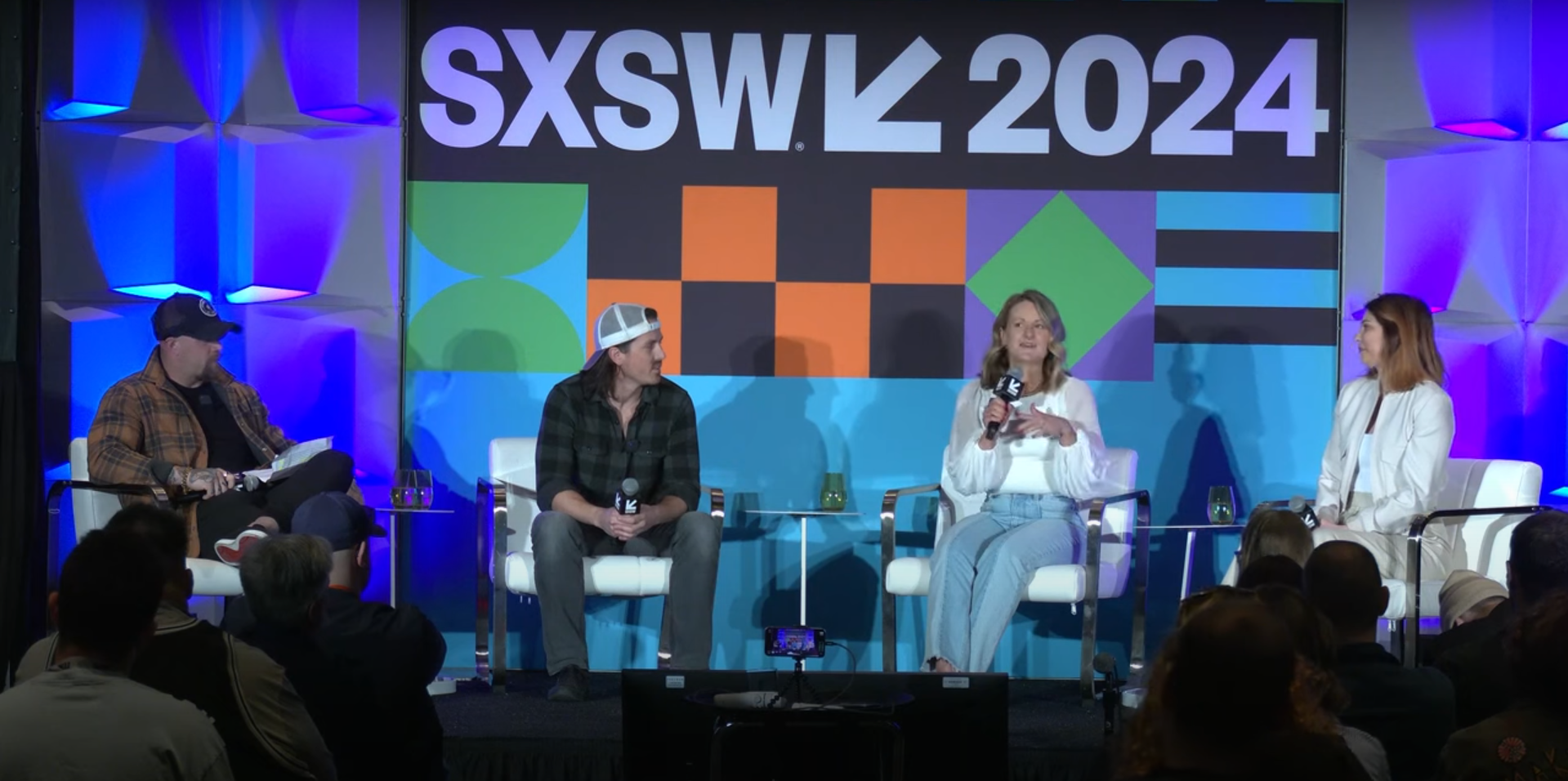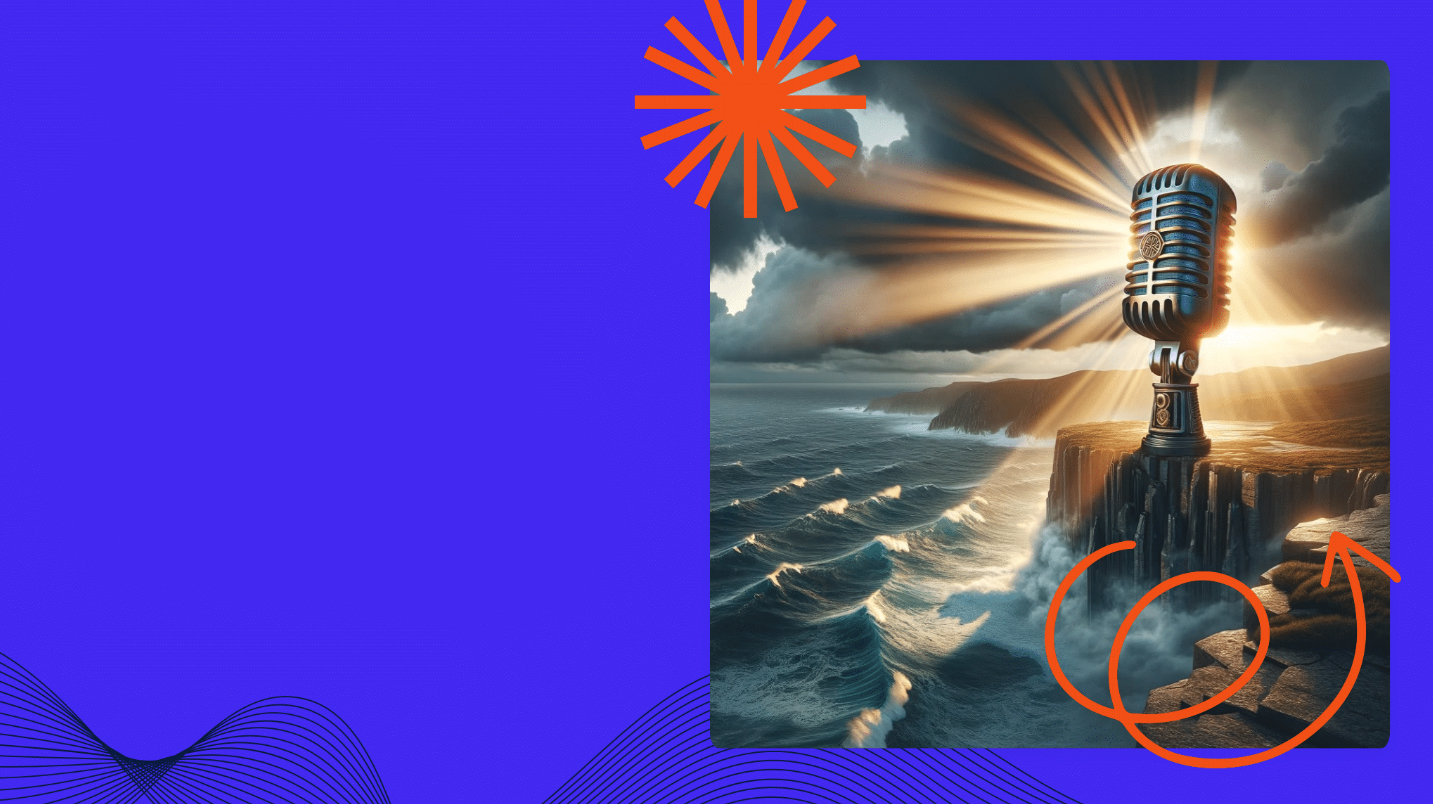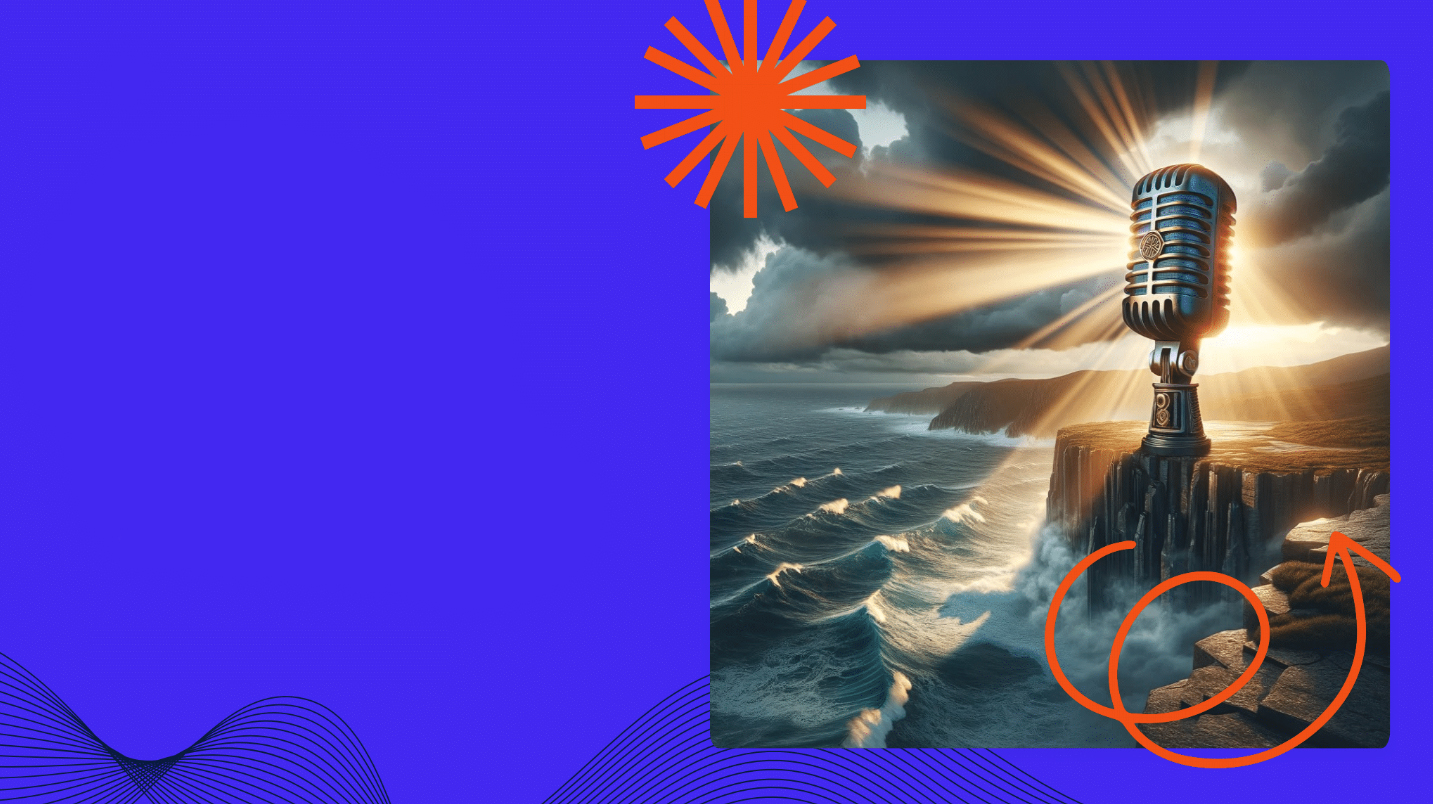Podcast advertising is such a good first step for brands entering our ecosystem, but they don’t have to stop there. Branded podcasts, when done correctly and for the right reasons can provide a similar, if not larger bang for the buck. Fatima Zaidi, CEO and Founder of Quill Inc. shares the math that will help every agency and advertiser evaluate branded podcasts as a viable solution. Fatima Zaidi writes…
If you’re reading this, chances are that you’re a big fan of podcasts. But no matter how much you enjoy listening to them in your own time, it’s a huge leap from there to justifying the cost, time, and resources needed to produce a successful branded podcast, especially when every penny of your marketing budget counts. So, how can you accurately determine whether a podcast is worth it? In other words, what’s the best way to evaluate your branded podcast’s return on investment (ROI)?
A study conducted by the BBC in 2019 found that brand mentions in podcasts delivered greater brand awareness (89%), consideration (57%), favourability (24%), engagement (16%), purchasing intent (14%), and recall (12%) compared to more traditional advertising channels. In our own research, we’ve found that podcasts can hold a user’s attention for 14x longer than video with similar engagement rates.
Although still very much a teenager compared to the more established grandfathers of print and television advertising, podcast marketing is undeniably cost-effective. Podcast listeners also represent a highly loyal, engaged, and captive audience, especially in today’s increasingly isolated, digitized landscape where we are simultaneously further apart and yet more connected than ever before.
As with other marketing channels, ROI is a strong indicator of the success of your branded podcast. Now, whether your podcast is worth the investment or not will very much depend on what exactly it is you wish to gain from your venture into the audio landscape.
That being said, here are the three main areas in which you can track whether your branded podcast is bringing you enough bang for your buck and justify the creation of new production budgets for your client.
Lead Generation, Sales Conversion, and Consumer Retention
(Sales Revenue – Expenses) / Production Time = ROI
Driving sales conversions and generating leads is the most explicit way in which your branded podcast can provide a high ROI. Podcast listeners are notoriously loyal—statistics show that 80% of U.S. podcast users surveyed listened to all or most of each podcast episode. Moreover, this phenomenon often translates to direct sales, with 70% of loyal listeners who had listened to a podcast for four years or longer reporting having bought something as a result of a podcast brand mention or advert.
Nevertheless, because podcast hosting platforms are not (yet) outright sale hubs, you will need to measure these metrics indirectly, for instance by tracking traffic to your other platforms, such as the brand’s website and social media channels. We strongly recommend diving into the analytics of any site traffic being driven from your podcast, particularly in terms of things like demographics (who is visiting your page?), timing (when do they visit your page?), and actions (what do they do when they visit your page?). This can provide you with a lot of valuable information about potential consumers and what they most respond to when it comes to your podcast, especially if it requires an email sign-up or subscription for access.
Branded podcasts are also a great way to encourage retention of existing consumers as well. Just take a look at the success of such podcast notables as C Suite by TD, the e-commerce giant, Hackable? by antivirus security company McAfee, or Work in Progress by Slack, the business communication platform that has continued to soar in popularity thanks to the rise of WFH culture and remote jobs.
Ad Revenue, Sponsorships, and Affiliate Marketing
Ad Revenue – (Production Time / Spend + Expenses) = ROI
There are a variety of methods to gain direct revenue from a podcast, from advertising, sponsorships, and product endorsements to affiliate marketing and crowdfunding. Now, not all of these methods will be suitable for a branded podcast, particularly if you are in it for the long haul. Your choice of monetization strategy will depend entirely on your goals, how you wish to be perceived by your audience, and how well-established your brand is. For example, crowdfunding may be considered a cheap or manipulative tactic for a big brand with (seemingly) enough resources to fund their own podcast, while advertising for competitor products or services may not represent your brand’s best interests in the long term.
However, sponsorships or partnerships with influencers, other brands, and celebrities can be a great method of ‘piggy-backing’ on an existing customer base. It allows for an alternative stream of income while simultaneously gaining access to a pre-existing audience. A great example is the collaboration between The Week newspaper and UK-based Barclays Bank in Business Unwrapped or Earning Curve, a partnership between Gimlet and Interac, hosted by entrepreneur, television personality, and venture capitalist, Michele Romanow.
Brand Awareness, Thought Leadership, and Credibility
Unique listeners per episode * average consumption (# of minutes per episode) / your podcast investment= Cost per minute of human attention
Unique downloads/Podcast Investment = ROI of awareness
Some of the most important benefits of podcasting is the ability to start a conversation, position yourself in the marketplace, or broadcast a specific message. This can be done through the power of storytelling by providing valuable content for your listeners, whether it’s entertaining, inspirational, educational, informative, or all of the above. Creating a podcast is an effective way for your brand to stay top-of-mind, particularly when it comes to instilling brand awareness or positioning yourself as a thought leader or authority on a specific topic.
Branded podcasts also offer a unique opportunity to foster a more meaningful and personal relationship with your existing customer base. Thanks to the very intimate nature of podcasting—a medium in which you literally speak into the ear of a captive listener—brands can develop a more authentic, two-way connection with their audience, allowing listeners an outlet through which to voice their interests, needs, and frustrations. Many brands choose to cultivate this sense of connection in additional ways, such as through audience polls, answering questions, or taking calls from listeners.
Now, we’ll be the first to admit that brand awareness and engagement is a more tenuous kind of ROI in that it can’t be traced back to the bottom line in terms of actual purchases or revenue. Nevertheless, it is a crucial aspect of marketing and SEO—after all, customers are unlikely to buy from you if they haven’t heard of you. This also ties back to the idea of loyalty we mentioned earlier, with committed listeners shown to be more likely to buy products or services mentioned in podcast shows they had listened to steadily for several years.
A branded podcast is also a great way to build up a reputation for credibility and authenticity. Most people agree that podcasts are not the space for blatant, in-your-face advertising. In particular, younger generations are moving away from and becoming desensitized to more conventional forms of advertising, many of which are seen as disingenuous or manipulative. In contrast, millennials and Gen Z-ers are attracted to the aura of honesty and openness emitted by podcast hosts. This can work in favor of brands who want to do something different and outside of the box to get the conversational ball rolling.
But how can you measure intangible concepts like awareness and engagement? There are three key ways to measure this type of ROI: Performance metrics, listening time and podcast rankings or charts.
Performance Metrics
Performance metrics demonstrate the popularity of your podcast, such as numbers of unique and total downloads, play-throughs, and listens per episode. The discrepancies between these metrics will show you exactly how many people actually follow through and listen to a podcast episode in its entirety, as opposed to those who are only mildly interested, or who download episodes without listening to them. You can also count the number of referrals, click-throughs, or links shared to the podcast from other channels.
Listening Time
Not enough brands are using the cost of human attention as a metric. Podcasting is in a unique spot to use listening time as an engagement metric. As a brand, you can calculate your ROI by using listening time as an engagement metric to measure how the content impacts your listeners and, based on this, determine the cost-per-minute of human attention. Arguably, a podcast show is a much more sustainable strategy over the long term compared to traditional media, yet it allows for a great deal more exposure compared to a <1-minute television advertisement.
Podcast Rankings/Charts
And finally, you can keep an eye on your chart rankings on well-known podcast hosting platforms and directories, such as Apple Podcasts, Spotify, Google Podcasts, and Stitcher; similarly, look for feedback coming directly from your audience in the form of reviews to monitor what listeners actually think of your podcast. Finally, some brands have even set up separate social channels and sites dedicated solely to their branded podcasts in order to more accurately track data.
In the end, ROI will mean something different to every company depending on their individual goals and unique perspective. Some see ROI as a purely financial or numbers-based metric, bringing it back to the amount of money coming in, while others view the concept in a more nuanced fashion in terms of the possibility of building relationships, reaching new consumers, and fostering engagement. Regardless, the key to ROI in the podcasting space is first to provide value—content is everything. Even without focusing on sales, a successful branded podcast will be a fantastic addition to your company’s marketing roster and can really tie-in with existing efforts being pushed on other channels, such as videos, blog posts, and social media strategy.
New Sponsors
Sounds Profitable exists thanks to the continued support of our amazing sponsors. Each sponsor receives one hour of consulting per month as a way to say thanks.
- Flightpath, a podcast flight management system. Give your Ad Ops and Sales teams superpowers.
Want to learn more about sponsorship? Hit reply!
Rel’s Recs
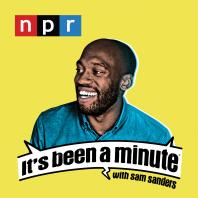
Arielle Nissenblatt of Earbuds Podcast Collective this week has chosen It’s Been a Minute with Sam Sanders, hosted by NPR and measured by Podtrac.
I’ve been following Sam Sanders’ audio journey since 2016 when he was on the NPR Politics Podcast. He’s absolutely one of my favorite interviewers. On this podcast, twice a week, Sanders and team deliver information-rich, newsy episodes. On the Tuesday episode drop, listeners receive a deep dive conversation with an author, a comedian, a politician, anyone making news. On Fridays, we listen in for more of a roundtable discussion of the weeks’ news. The reason IBAM is on my mind lately is because of an interview released a few weeks ago with Sarah Schulman, author of Let The Record Show: A Political History of ACT UP New York, 1987-1993. I was blown away by the story, the history, and Sanders’ ability to make it personal and professional at the same time.
Market Insights with Magellan AI
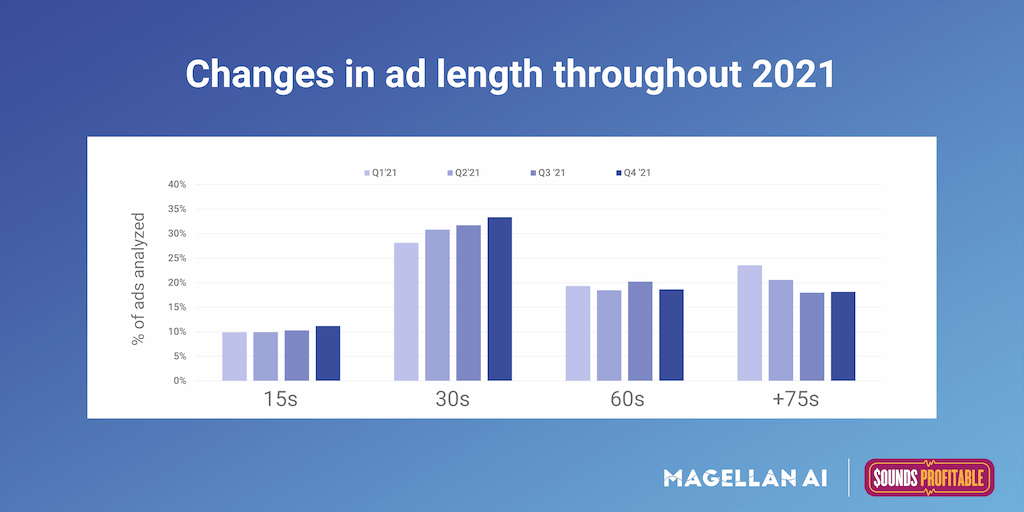
In 2021, about 1/3 of the ads detected by Magellan AI were 30 seconds in length and advertisers overall opted for longer ads over a quick 15-second spot. Across the 4 quarters though, the percentage of 75+ second ads dropped slightly as the percentage of 15- and 30-second ads increased. Nearly 60% of all ads were detected in a mid-roll position with pre-roll and post-roll a distant second and third, respectively.
Anatomy of an Ad with ThoughtLeaders

What makes a good podcast ad? You know it when you hear it, sure. But is there more to it? We’ve teamed up with ThoughtLeaders to break down what works, what doesn’t, and what it takes to make great ads.
This week’s Anatomy of an Ad breaks down a host-read for ExpressVPN, presented by Tom Segura and Bert Kreischer, hosts of the podcast 2 Bears 1 Cave.
Find out what worked well and what could be improved upon as you work to make your own ad reads better.

